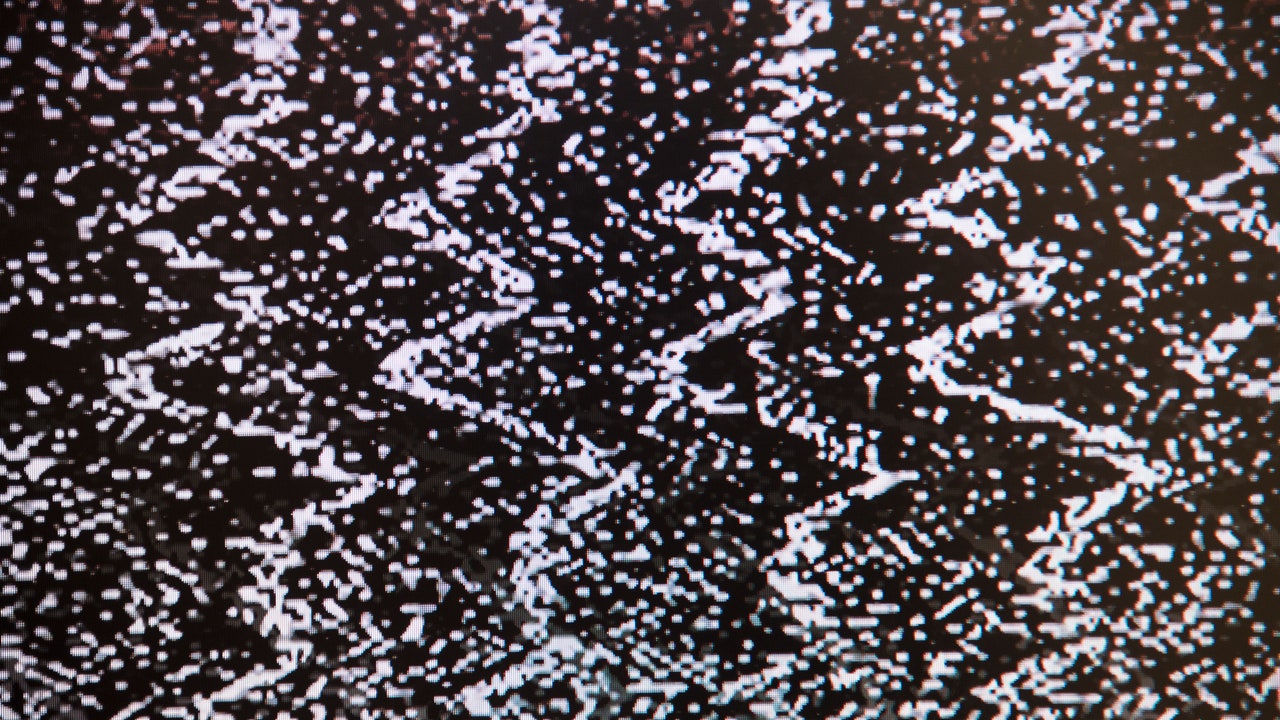This story is from Manual, GQ’s flagship newsletter offering useful advice on style, health, and more, four days a week. Sign up here to get it in your inbox.
I work most days from home, using my garage as an office, which means I basically work on the sidewalk. On a good day on our block in Los Angeles the loudest noise outside my door is birdsong. On other days, I sit about 1.5 car lengths away from leaf blower guys and tree-trimming crews, painters and construction workers blasting ‘80s oldies all summer from vans idling in front of the gut-reno across the street, and occasionally (at least once or twice a year) LAPD helicopters endlessly circling overhead, droning megaphone commands at some barricaded fugitive until I’m ready to come out with my hands up. The day I interviewed developer Chris Weingarten about Fuzzzel, his newly launched “artisanal white noise” app, two workmen were fixing a broken garden wall in front of my neighbor’s house, a process that involved taking an electric saw to reinforced concrete at irregular intervals.
As you might imagine I have a lot of experience with sounds that drown out other sounds. White noise, pink noise, brown noise, lo-fi study beats, “10 Hours of Rain Sounds and Distant Thunder” YouTube videos, 8-hour compilation videos of USS Enterprise NCC1701-D background hum—you name it, I’ve tried it. What I’ve learned is that listening to pure noise makes me claustrophobic, while most of the 432-hertz-binaural-beat-healing-frequency tracks on Spotify are blanketed in objectionably corny New Age chillout-room gloop, and actual, good music pulls too much focus. Fuzzzel splits the difference between all three; its initial release features original ambient sounds composed for the app by experimental musicians like film-score composer and Arcade Fire collaborator Owen Pallett, the avant-hip-hop trio clipping., and composer-harpist Mary Lattimore. The tracks vary by vibe and music-to-noise ratio. The endless wavering synth lines of Kelly Moran’s piece “Solina” made me feel like someone washing dishes in an A24 sci-fi movie, unaware that their life is a simulation; “Tramuntana,” by Cabaret Voltaire cofounder turned BBC nature doc soundtrack composer Chris Watson, is a literal field recording of waves and wind from the Cap de Creus peninsula, the easternmost point of mainland Spain.
Weingarten is also a music critic who’s written for Rolling Stone and The New York Times, a devotee of the brontosaurically heavy proto-grunge trio The Melvins, and the author of a book about It Takes a Nation of Millions to Hold Us Back by Public Enemy (“Another great noise band,” he points out). But he’s also a fan of ambient music and soundscape art; he sees Fuzzzel as an attempt to bring some of the creative intention and artistic personality of that kind of music into the realm of the functional. “You can go to a white-cube gallery and listen to some laptop musician make these highly technical sound-art drones, and another person can go out to the woods in the desert and do a New Age sound bath with crystals, and someone else might just be in an office and need some noise to concentrate,” he says. “When you get right down to it, if you take away all the marketing and all the aesthetics and all the trappings of it, it’s drones and fuzz and drift. They’re all very similar in what they sound like, outside of the context that they’re marketed as. I’m trying to connect all these worlds, in a way—instead of creating a niche, I’m trying to join existing niches.”
Right now, Fuzzzel’s interface shows a couple of descriptive adjectives for each sound, to help users make a vibes-based choice, from “austere, desolate” (Pallett) to “thunderous, enveloping” (Eluvium’s “Torn and Blooming,” which evokes Duke Leto Atreides contemplating Caladan’s stormy seas). Weingarten says many early users have suggested adding context-based categories, separating sounds made for sleep for sounds made for yoga or head-down work; he believes this would defeat the purpose. “I don’t want to wag the dog,” he says. “Everyone’s built different and everyone’s got a different relationship to these sounds, so I don’t want to tell them how to use them.” It’s an idea Weingarten says was inspired, somewhat counterintuitively, by his experiences at noise-rock shows in New York in the 2000s. “You’d go see the Incapacitants or whoever, and there’d be some people moshing, and then other people would be in the back zoning out, and other people would sort of imagine a beat in their head and dance to it,” he says. “When you have an empty canvas like that, you can bring to it what you want. I love that about experimental music—there’s no rules on how you’re supposed to enjoy it.”

